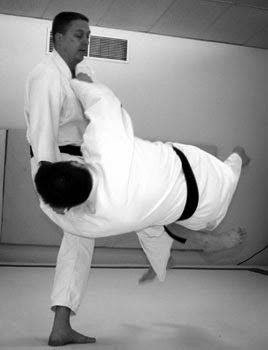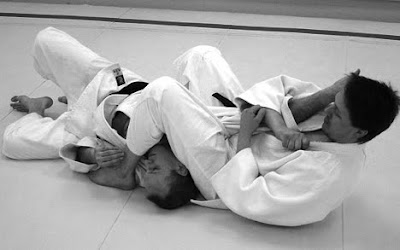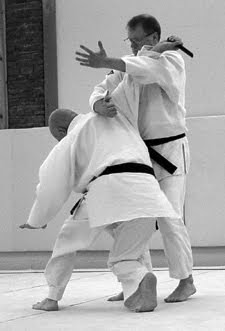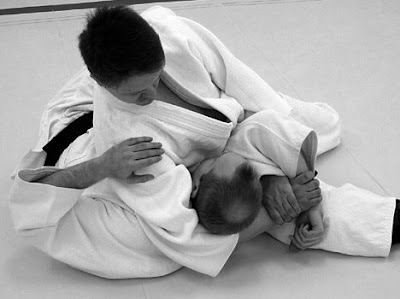Foot sweep uchi komi

Okuri ashi harai I guess we can't get enough of new drills in morning judo. This one is another variation of the basic advancing foot-sweep drill we typically do at the beginning of every class. That drill consists of starting on one side of the dojo and one partner advancing and sweeping uke's foot with every step, left right left right, and so on. When he gets to the other side of the mat, it's the other guy's turn. It's primarily a control drill, although sometimes we might throw on the very last one, or have uke do tsubame gaeshi. It's a good, solid drill, especially if you're just learning how to do a foot sweep, but after a while, I think it becomes necessary to add little challenges into the mix [sly grin]. Scott has been keen on getting guys to starting moving around in a more random fashion once they get the hang of something (green belt, maybe third brown), which is a good thing. We often teach a throw in a similarly basic fashion, with limited lin







